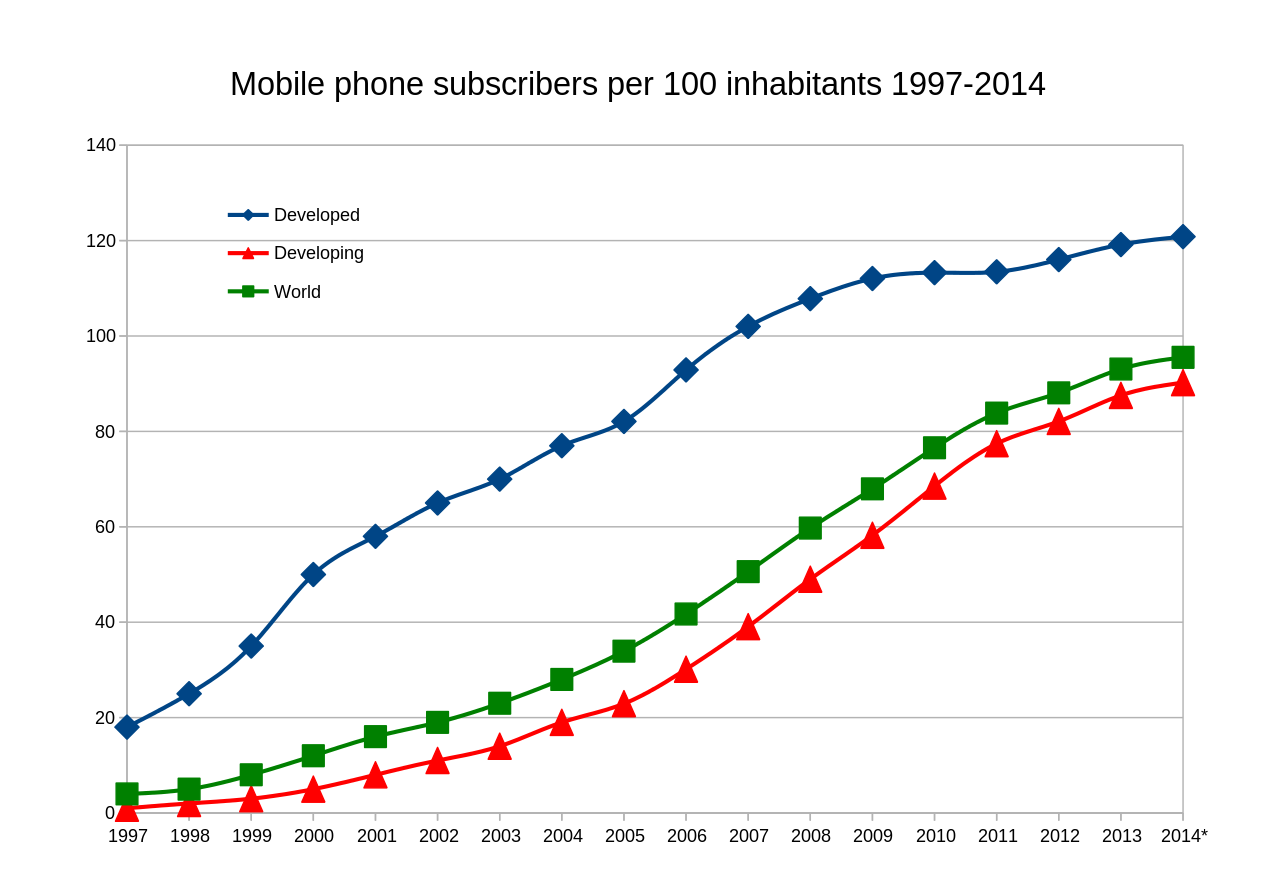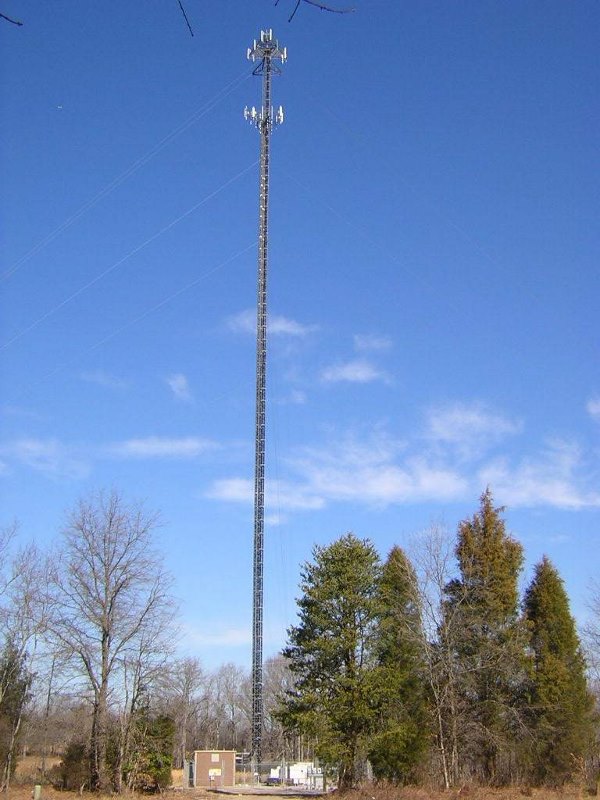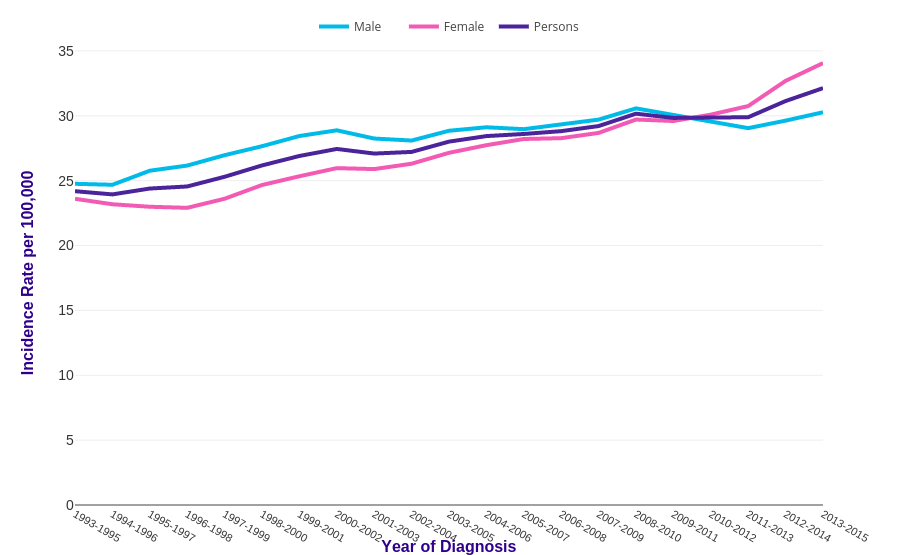One of those questions that I see over and over again is whether mobile phones, cell phones in the US, can cause cancer.
And it’s a perfectly legitimate question. The technology is relatively young, it’s electrical and you hold it very close to your head. There have been reports for decades about the danger of living near power lines, particularly in terms of childhood leukaemia. So, if a large electrical source, some way away, can cause problems, then a small electrical source, right next to your, might do likewise…
Straight off the bat, though, this line of argument runs into problems, as there is no concrete evidence that power lines actually cause illnesses. In the Public England Health Guidance on this, it is summarised as follows:
“The least weak evidence is for the exposure of children to power frequency magnetic fields and childhood leukaemia.“
Overall, there is nothing conclusive that says that large electrical sources, some way away, cause any illnesses.
Not that this means that mobile phones can’t cause cancer anyway, it’s just that there isn’t an established precedent.
The other thing about mobile phones is that they’ve probably been around longer than you might think. The first commercially available mobile phone was the DynaTAC 8000x, which was launched in 1983. It wasn’t really until the 1990s that mobile phones started to become affordable. Then, around the year 2000… well:

By Chris55 – Own work, CC BY-SA 4.0, https://commons.wikimedia.org/w/index.php?curid=34937326
As of nearly 20 years ago, most people in the developed world had mobile phones. That’s a lot of people with phones for a pretty lengthy period of time. One of the biggest arguments that mobile phones don’t cause cancer is the lack of a spike in cancer cases during this time.
Back in 2011, however, the International Agency for the Research of Cancer (IARC) weighed in. The IARC is a part of the World Health Organisation (WHO), which is, itself, a part of the United Nations (UN). As such, the IARC are a recognised authority when it comes to cancer. So when, on 11th May 2011, the IARC announced that they were categorising mobiles phones as ‘possibly carcinogenic to humans (Group 2B)’, people started worrying.
This announcement was followed up on 20th September 2013, with a report entitled, What are the health risks associated with mobile phones and their base stations?
“Radiofrequency (RF) fields emitted by mobile phones is generally more than a 1000 times higher than from base stations.“
Basically, the base stations are the least of your problems in terms of whether mobile phones cause cancer.

By KyleAndMelissa22 at en.wikipedia – Transferred from en.wikipedia by Ronhjones, Public Domain, https://commons.wikimedia.org/w/index.php?curid=17876036
The conclusion of the report was as follows:
“While an increased risk of brain tumours from the use of mobile phones is not established, the increasing use of mobile phones and the lack of data for mobile phone use over time periods longer than 15 years warrant further research of mobile phone use and brain cancer risk. In particular, with the recent popularity of mobile phone use among younger people, and therefore a potentially longer lifetime of exposure.“
It seems, then, that as of 2013 IARC and WHO were confident that there had been no pattern of cancers from mobile phone use. They would, however, keep an eye on the situation, which seems like a good idea.
This message is consistent with the Cancer Research UK, on their page, Do mobile phones cause cancer?
This page uses the argument, mentioned above, about the lack of spike in cancer occurrences, as follows:
“Between the 1990s and 2016, mobile phone ownership in the UK increased by around 500% but the brain tumour incidence rate only increased by around 34%.“
Wait! What?!
It then goes on to say this about the 34% increase:
“And the increase in diagnoses is mainly due to better detection and reporting of brain tumours. So we haven’t seen an increase in brain tumour rates to match the increase in mobile phone use.“

https://www.cancerresearchuk.org/health-professional/cancer-statistics/young-people-cancers/incidence#heading-Two
Cancer rates in young people has increased 33% since the early 1990s. Although, this is only an increase from 24 cases per 100,000 to 32 cases per 100,000. And these cases still represent less than 1% of total cancer cases. The dates on this second graph, though, do match pretty closely with the dates on the first.
Now, I’m not saying that mobile phones are the cause of this increase in cancer, not least because of this:

Source: Hospital Episode Statistics (HES), Health & Social Care Information Centre (2014).
As you can see from the graph, which is also over a similar period of time, both the red bar (16 to 24) and the green bar (25 to 34) get longer with each passing year. Young adults are becoming increasingly obese and obesity increases your risk of cancer.
Which is probably why Cancer Research UK has this to say on the increase in cancers in young adults:
“Young people’s risk factors are not well understood, mainly because this group of cancers are relatively rare and diverse.”
Bringing us up to date is a report from the The New York Times, from 2nd February 2018, which said this, in answer to whether mobile phones cause cancer:
“Despite years of research, there is still no clear answer. But two government studies released on Friday, one in rats and one in mice, suggest that if there is any risk, it is small, health officials said.“
The thing to remember that the radio-frequency used by mobile phone is not ionising radiation. Which is good, because ionising radiation is listed by the IARC as a Group 1 agent, in that it is known to cause cancer in humans.
And, to reiterate, mobile phones DO NOT emit ionising radiation.
Which is why, and to quote Wikipedia, “There is no strong or consistent evidence that mobile phone use increases the risk of getting brain cancer or other head tumors.”
So, on the basis of all this, my conclusion is that, no; mobile phones cannot cause cancer. At least, as far as we know… Some cancers, like Mesothelioma, take decades, from the point of exposure, to fully develop. So, as many agencies are already doing, it is important to keep checking that mobile phones can’t cause cancer. Not that I can see any reason that they could.
And the acid test should probably be; after looking into all this, will I still be using my mobile phone?
Yes I will.
